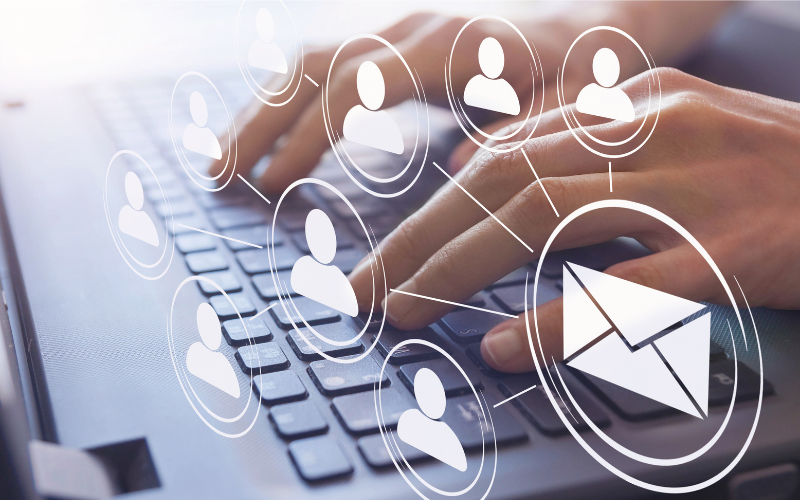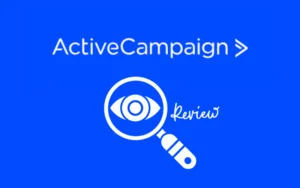Trying to crack the code of effective email communication might make you feel like a modern-day alchemist. Just like the ancient discipline, it’s a mixture of art and science – reaching out to your audience, capturing their attention, and prompting them to take desired action can seem like magic when it works, but rest assured, there’s method to the madness. This article will explore the tips and techniques to help your email communications shine.
Table of Contents
The Importance of Purposeful Communication
Email has become such a deeply ingrained part of our everyday communication that it is easy to overlook its power. From corporate correspondence to personal catch-ups, our inboxes are buzzing with messages demanding our consideration. Hence it becomes vital to understand the purpose of your communication and craft it accordingly.
Clear Objectives
Before hitting those keys, ask yourself, ‘What do I hope to achieve with this email?’ – Are you trying to convey information, encourage action, or build a relationship?
- Inform: If your main objective is to inform, the email needs to be crisp and to-the-point, focusing on the necessary details.
- Persuade: If your aim is to persuade, the email should clearly communicate the benefits for the reader.
- Connect: To build a connection, the tone of the email should express empathy and understanding.
“Understanding the purpose of your email is the first step towards effective communication.”
The Art of Subject Lines
Crafting an effective subject line is like writing a headline for an enticing article. It’s often a deciding factor on whether your email will be opened or overlooked.
Concise and Clear
The purpose of the subject line is to summarize what the email is about. If this message is unclear or overly complicated, chances are that the email will remain unread. Keeping it short and sweet, yet meaningful, does the trick.
Create a Sense of Urgency
Add an element of urgency or curiosity to encourage immediate opening. However, it’s crucial not to overdo this or you risk sounding like a spammer.
Personalize
Personalization goes a long way in capturing attention. Addressing the receiver by their name or including something that relates to them can pique their interest.
“Your subject line is the first impression of your email. Make it count.”
Crafting the Email Content
Once you’ve conquered the subject line, the next step is crafting the rest of your email.
Conciseness is Key
In the era of information overload, brevity is a boon. Make your point quickly and clearly. This doesn’t mean you should leave out necessary information or compromise on politeness, but remember that time is an invaluable resource.
A Clear Call to Action
Every email should end with a clear call to action (CTA). Whether you want the reader to reply, click on a link, or download a file, make sure this is obvious.

Mind Your Tone
The tone of your email should reflect its purpose and consider the recipient’s perspective. Aim for a friendly, conversational tone while maintaining professionalism. Let your personality shine through, without overshadowing the email’s purpose.
“Concise content, a clear call to action, and a mindful tone are the key elements of effective email content.”
Considerations for Formatting and Layout
An email’s layout contributes significantly to its readability and effectiveness.
Formatting for Skimmers
Break your content into short paragraphs and bullet points to make it easy for quick reading. Making use of bold or italic text for important points can also aid skimmability.
Layout and Design: Keep it Simple
Email design should enhance the content, not distract from it. In general, simplicity rules. Opt for a clean layout, easy-to-read fonts, and complementary colours.
How to Wrap it Up
The closing of your email matters just as much as the opening. Use this space to summarize, restate your CTA, and provide your contact information.
Sign off with Style
Your email sign-off, just like your greeting, should be appropriate to the context. Examples of good sign-offs include “Best Regards,” “Sincerely,” or “Thank you.”
“Your email’s closing is your final chance to leave a lasting impression. Make sure it’s a good one.”
The pursuit of perfect email writing can feel like trying to turn lead into gold. But with careful consideration of your message’s purpose, audience, subject line, content, formatting, and closing, you can create effective emails that truly sparkle with purpose and engagement, driving the results you desire. Now that’s true alchemy.
Remember, every email you send contributes to the impression others have of you and your organization. So be mindful, be clear, and above all, be purpose-driven. Now go forth and conquer your inbox.
Frequently Asked Questions (FAQs) About Effective Email
Now, let’s tackle some common questions about effective email communication. Think of it as our virtual Q&A session.
Q1: How can I make my email stand out in a crowded inbox?
- A1: Craft an attention-grabbing subject line, keep your email content concise and clear, and personalize your message. Also, remember to include the keyword “effective email” to show relevance.
Q2: What’s the best way to address someone in an email when I don’t know their name?
- A2: A friendly and neutral greeting like “Hi there” or “Hello” works well. Keep it professional and avoid using overly casual greetings unless you have an established relationship with the recipient.
Q3: How can I ensure my emails don’t end up in the recipient’s spam folder?
- A3: Avoid using spammy words in your subject lines and content. Send your emails from a reputable email address and encourage recipients to add your email to their contacts.
Q4: Is it okay to use emojis in professional emails?
- A4: Emojis can add a touch of personality, but use them sparingly and consider your audience. In formal or corporate settings, it’s best to keep emails emoji-free.
Q5: How often should I follow up on an email if I don’t get a response?
- A5: A polite follow-up after about a week is generally acceptable. If it’s urgent, you might follow up sooner. Use your judgment and respect the recipient’s time.
There you have it, friend! With these tips and tricks for effective email communication, you’re well on your way to becoming an email maestro. Keep practicing, stay professional, and remember the power of personalization. Whether you’re sending work-related emails or catching up with friends, effective email communication is a valuable skill in today’s digital world. And by using the keyword “effective email” effectively in your emails and blog posts, you’re not only improving your communication but also boosting your online presence. Happy emailing!




